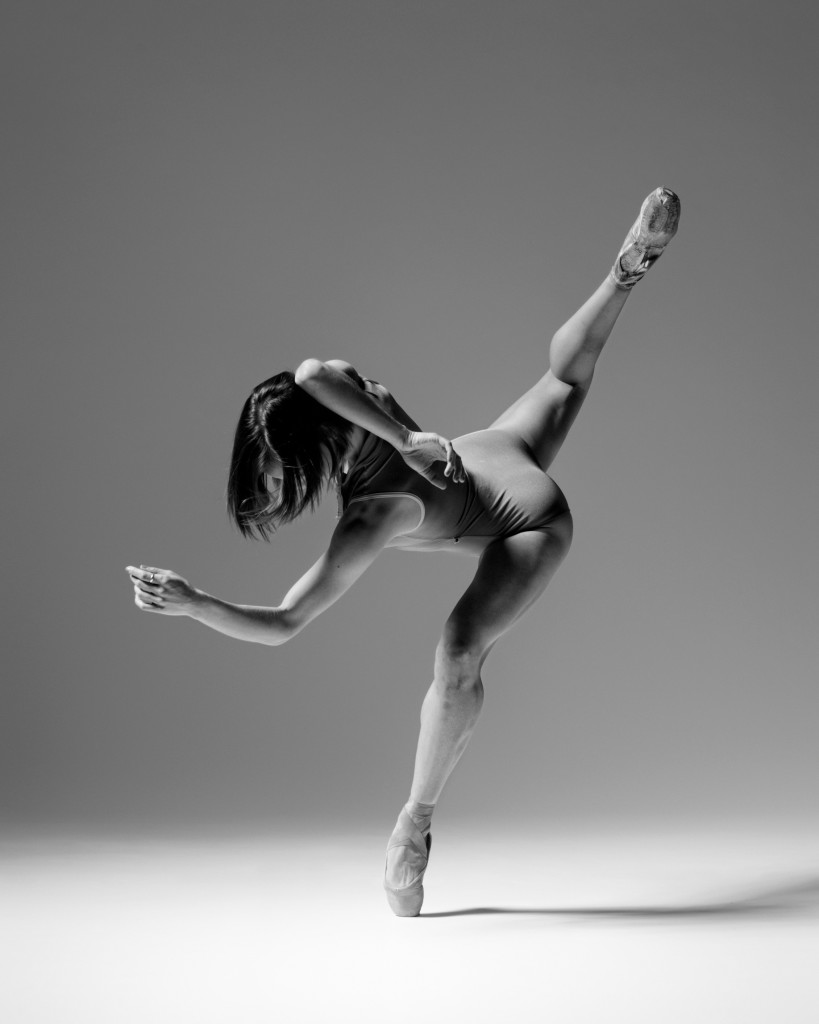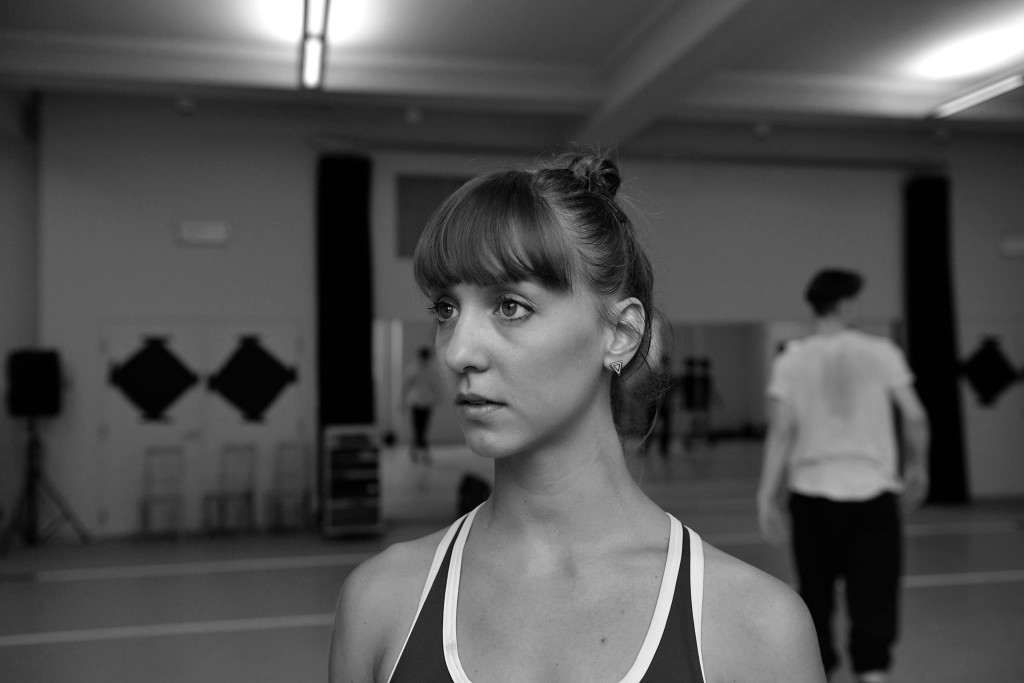
by Ashley Werhun
Securing a job with a dance company is an intimidating task. I found the journey to be filled with uncertainty and more work than I ever imagined possible. Job openings are rare and available for very brief periods. Some opportunities you need to jump at the moment they open up and others you simply must create for yourself. Similar to the process of making art, there is no finite way to go about bridging the gap between student and professional.
Companies won’t pay for travel expenses to audition, and even once you’re there it’s hard to really be seen. Dancers must be bold and forge their own path. It’s a self motivated, often draining process, in which you must be self-assured.
Here are a few lessons that I’ve learned so far:
Unlearn self doubt.
Confidence is of the utmost importance. It’s time to unlearn some of the things that may have been taught in our formal training. Disregard any feelings of being dispensable. Disregard the critical voice in your head. I remember these lessons being drilled into my ears as a young dancer… “You are one in a million in line for this position. You are replaceable. You are not unique”.
This is not true.
Do not listen to the negative, “motivation” that is sometimes used to pursue the perfection of ballet technique. Listen to your internal drive. Your artistic voice is unique and this is why you will be an asset to the company that you join. You deserve to find an environment where your work ethic, your movement quality, and your perspective will be valued and appreciated.
Do Your Homework.
Doing some research is imperative. Know who you are auditioning for, know their repertoire, know where their dancers trained, and know what positions are available. If you are a young dancer, look at apprenticeships/trainee programs and second companies. These are excellent first jobs to get an introduction to the professional world of dance, where older artists can be examples and mentors. It also allows you to jump into opportunities as they come along. Many first chances come when least expected. For example, an injury may force you into a role that you were not otherwise given, but in turn, if you are prepared, this can lead to the trust and respect of not only your fellow dancers–but it can also be the seed of other opportunities as the director can then see your presence on stage.
Brainstorm.
Every professional has been through this process, and many of them are more than likely willing to enlighten you with their experience. Don’t hesitate to pick their brains about what worked and what didn’t. This can help prevent you from making the same mistakes they did, and also gain new ideas on how to approach an audition tour, or connecting with a director. Turn to your teachers, older dancers, and directors as the wealth of information that they are. Come to them with questions about the current dance world and where they think would be a good fit for you.
Be curious about places that you may not have even considered. Everyone wants to be connected. Instead of coming to someone specifically for a connection, come to them for guidance. If they think you’d be an asset, the chances are they will offer to connect you to people they know in that company. This way the connections will remain honest and sincere.

Tailor applications, and be selective.
When initially reaching out, make sure to tailor videos and applications to each individual company. Make them feel like you have done everything specifically for them. If they do a Nutcracker every season, you will need to add some classical clips. If they are doing a more contemporary rep, be prepared to improvise at the audition.
Doing company class and spending time in the working environment is always the best way to be seen, but if you must attend a large open audition call, do it. It is all part of the experience.
If this is a move from a former company ask yourself if this new company will align with your goals as an artist. A shift in companies mid-career, can create an extraordinary opportunity to come into a new environment as the mature, experienced artist as you are today, and not the young dancer that “grew up” in a first job. Make it a step up, what ever you consider that to be.
I was once told, “You are auditioning the company as much as they are auditioning you”. Keep this in mind and it will give you the power to be selective and maintain your power as an individual.
Know your strengths and weaknesses.
In one of my many auditions, I was given an unique, intimate opportunity to work with the director one on one. The director gave me a DVD of a solo and said, “Take a look at this–we will be learning it tomorrow”.
I knew that I wouldn’t be able to do my best work by learning it with him watching over me, I needed more time to absorb it. So, I learned the entire piece that night. I spent a few hours watching it, writing it down and physicalizing it. When we walked into the studio the next day, he put in the DVD and said, “Let’s start learning this.”
I began to mark through it. Surprised, he said, “Oh, OK, you already know it. Great. Let’s dig in and get to work”. For me, it was much more valuable to do a little bit of extra homework in order to be able to actually work with him on intention and details rather then spend time learning.
Remember: this is a process.
One audition may lead to a full-time contract, but, instead of putting the pressure of having your career rely on how you perform in one class, view it as a learning opportunity. By allowing yourself to be open to the situation, you will rid your self of unnecessary mental pressure and mental chatter that gets in the way of picking up choreography and dancing your best.
Believing in myself was one of the biggest challenges for me. What seemed like endless flights, drives, trains, and walks to auditions beat me down. I often questioned this journey and wondered if the rewards were justified. With a line around the hall for auditions, I felt discouraged.
Thank yourself for being brave enough to pursue this journey, it is not an easy one. Honor the fact that you are 100% committed and there will be ups and downs. Stay on your own path. Let other dancers inspire, not intimidate.
Do your best, then detach from the outcome.
All that you can control is the action that you take in your own career. You cannot control the director’s decision. Don’t let it become a reflection of your sense of self. Keep going.
Remember why you started dancing as a child. Exist entirely in that joy during your auditions. Instead of trying to impress a director, simply let them into the utter exuberance you feel when you are moving through space. Let them into who you are. Keep that your focus, and then of course, follow up. Ask for feedback to improve, but also know that if you don’t get a position in a company that there may be something more fitting you coming you way soon.
Take each opportunity as it comes and look to what you can bring to the situation. If you are committed, if you keep pushing ahead and doing the work, the right job will come!
Contributing writer Ashley Werhun began her formal training Edmonton, Alberta. Her training was supplemented by attending The National Ballet of Canada, Royal Winnipeg Ballet, The Banff Center, and The Juilliard School during the summers. Werhun later studied at The Alberta Ballet School and Alonzo King’s LINES Ballet. Ashley is currently dancing with Les Ballet Jazz de Montreal for the 2014/ 2015 season, where she will be performing the works of Barack Marshall, Adonis Foniadakis Cayetano Soto, Wen Wei Wang, and Rodrigo Pederneiras.
Prior to joining BJM Werhun was a guest artist with Ballet British Columbia and was a founding member of Trey McIntyre Project. In six seasons with Trey McIntyre Project, she has been featured in world premieres including: Ladies and Gentlemen, The Sweeter End, Pass Away, and Ten Pin Episodes. Her performances have been acclaimed in publications such as the Los Angeles Times, New York Times, Seattle Times, and Chicago Tribune. Her work has been described as “simultaneously grand and cozy”, and with her partners she creates what has been called a “beautiful, melancholy duet… intertwining bodies in interesting ways; their movements growing with desperation as the work culminates in tragic climax.”
She has toured North America, South America, Asia and Europe performing, teaching master classes, and engaging through outreach with schools and hospitals. During her time as an Artist in Residence at St. Luke’s Children Hospital, she used dance as therapy to promote joy and healing. She cherishes these experiences and finds inspiration in each moment. She has spent her last two summers on faculty at The Sitka Fine Arts Camp in Alaska. Ashley is so happy to have returned to her native country of Canada and to and be part of this group of extraordinary artists.





Thank you for this article and useful tips. I needed to hear(read) them. I am not a professional dancer, but dance is what makes me feel alive. “Dance, dance, otherwise we are …..”